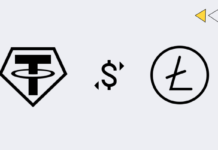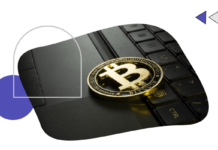Everybody is aware of the famous saying, “Money makes the world go around.” If you take a close look at human history, this adage rings true. From our ancient ancestors’ times to this day, money has set the tone for human interactions and shaped the world as we know it.
Through the years, money has always adapted to our ever-changing needs. Compared to the past where people were limited to barter and coins, advancements in technology have paved the way for digital transactions. Nowadays, people can use cashless payment methods such as credit cards, mobile banking apps, and e-wallets to send or receive money.
To know how and why money evolved into what it is today, you should start by asking the question: “What is money?” Money is any item or object that people use to purchase goods or acquire services. To be considered as such, it must meet the three following criteria:
- Medium of Exchange – It must be an item that can be used for trading. Both the sender and receiver must agree that it has a specific value.
- Store of Value – Money should hold its value over time. Unlike perishables that have an expiration date or diminish through age, money can be easily stored and used in a later period.
- Unit of Account – Money must have the ability to quantify. It should measure the value of a product and serve as a basis for sellers and consumers.
Before the introduction of banknotes, people relied on barter to conduct transactions. For a trade to be valid, both parties must agree that the items being exchanged have more or less the same value. While this method sounds simple, it can be quite inefficient since not all goods are created equal. It’s also important to know that an item’s size and shape can hinder portability, preventing several exchanges in the process.
To solve these issues, bright minds in Europe and Asia came up with the idea of coins. These small objects made transactions a lot easier since they were easily portable and held a distinct value. The convenience they provided improved trade and eventually paved the way for innovations such as paper currency and banks.
Fast forward to this day, one notable development in recent years would be the inception of digital currencies. Ever since its entrance in 2009, Bitcoin, along with other notable coins that came after it, has continuously gained traction through the years. Considering that it has the potential to revolutionize the finance sector, it’s no surprise why many ambitious investors are looking to add Bitcoin to their portfolios The world may constantly be changing, but money will always be here to stay. Along with the evolution of technology, it will always find a way to adapt to the present environment. If you want to understand the benefits of digital currency better, it’s best to have a general idea of money evolution.
Infographic source: Coingeek.com







